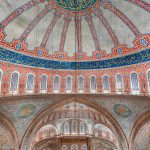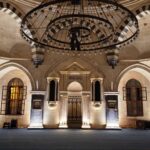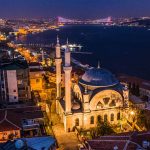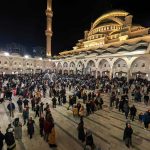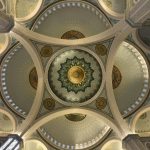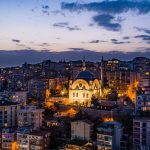How is Mosque Lighting Done
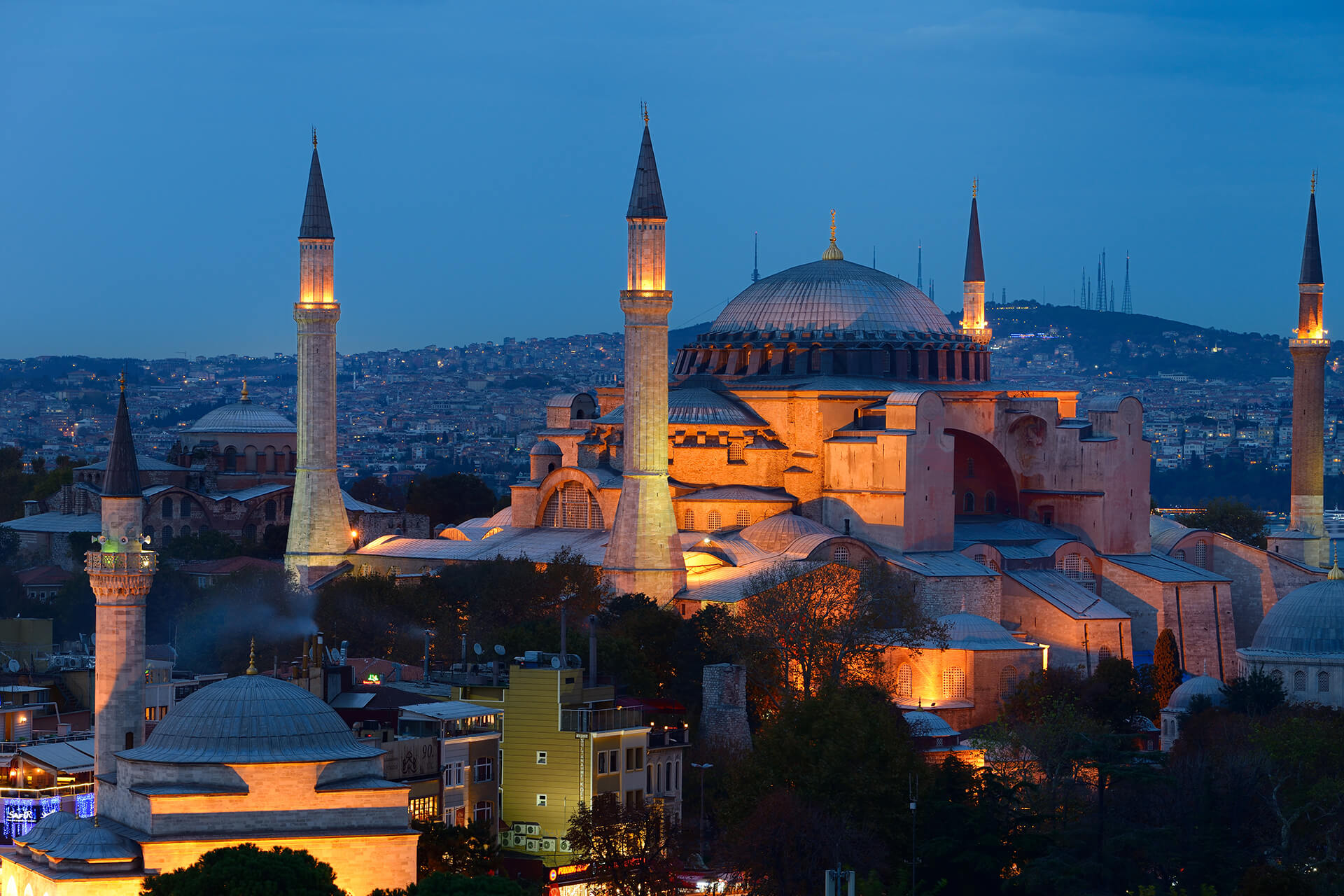
Mosque lighting is actually a part of facade lighting from an architectural perspective. As places of worship, mosques encompass many layers of architecture, including the period of construction, the architect, the patron, and the architectural movements that influenced it. When illuminating mosques, many factors are considered in terms of architecture, artistry, and technology.
From an architectural perspective, mosque domes, their minarets, and balconies are the most prominent elements, but in mosques with distinctive architectural features, other parts may also stand out. Unlike facade lighting, mosque lighting usually involves illuminating the structure while preserving the details of its textures. These highlighted architectural elements may sometimes create a painting effect from bottom to top with wall washers, or the entire structure may be illuminated with a floodlight to accentuate it.
In the artistic design of mosque lighting, both architects and lighting designers play a role. The design of lighting can be based on the philosophy of architecture or have its own conceptual idea or mission. While some may argue that mosques, as places of worship, should not have artistic effects or light plays in their lighting, the relationship between lighting and the values represented by the place or the philosophy it embodies can take many forms. For example, the lighting design of Hagia Sophia Mosque, one of the world’s most famous mosques illuminated by Fiberli, embodies a simple lighting design. Similarly, similar trends can be found in the interior lighting of the Blue Mosque, one of the world’s most popular mosques. However, mosques like Juma Mosque in Dubai or Şahinbey Akkent Mosque, Turkey’s second-largest mosque, may feature a more magnificent lighting design that highlights the grandeur of the architecture.
Technically, mosque lighting requires significant expertise in planning and installation. Planning and installation work, especially in the minarets and domes of mosques, involve various risks from different angles. Electrical wiring, the manner in which the technical team installs lighting luminaire, and many other details must be prepared in advance by experienced teams. With over 30 years of experience as an LED lighting luminaire manufacturer, Fiberli also provides end-to-end lighting project services with its expert teams in planning and installation. Thus, Fiberli’s signature can be seen in the lighting of the world’s most iconic mosques.
